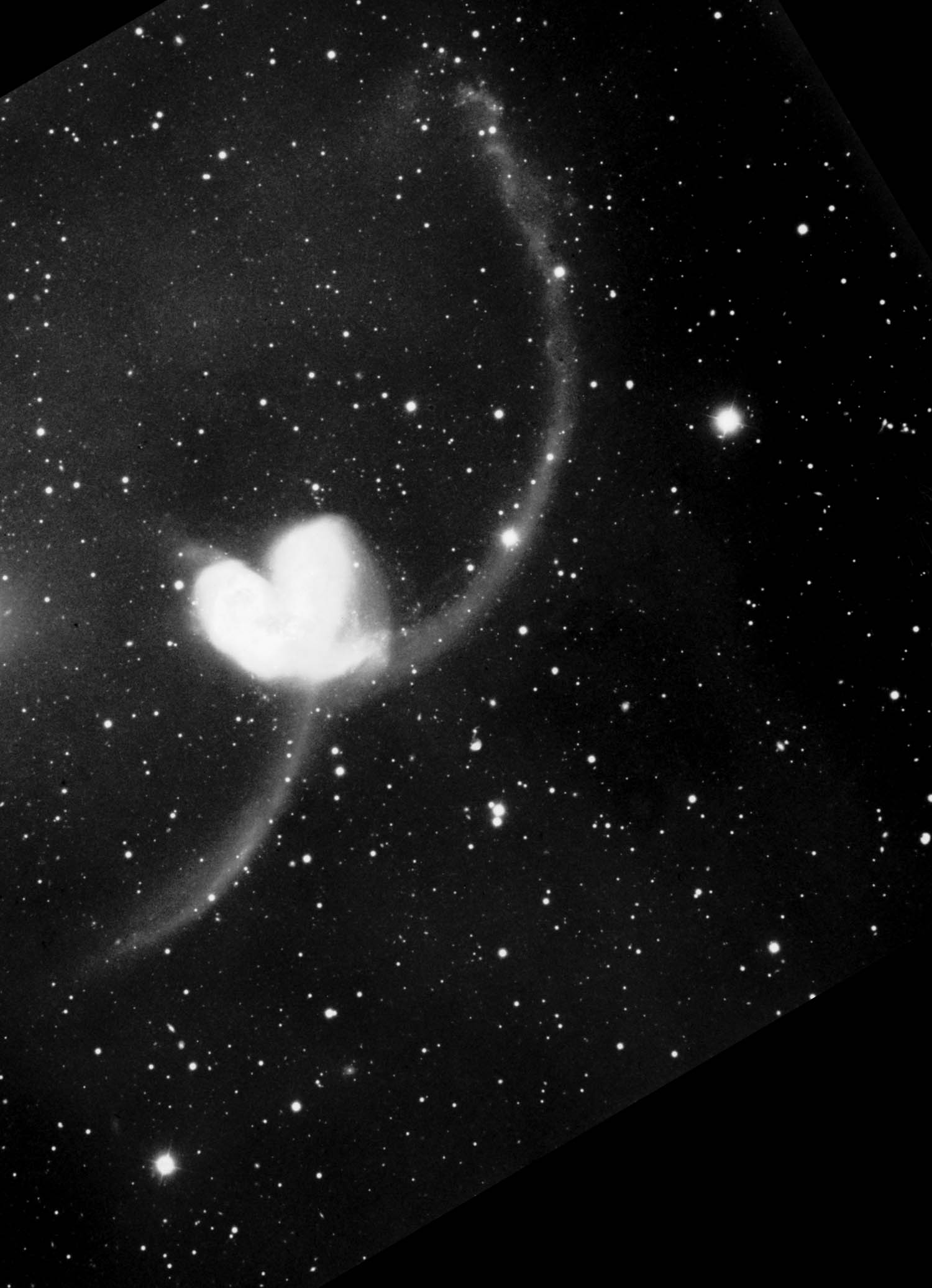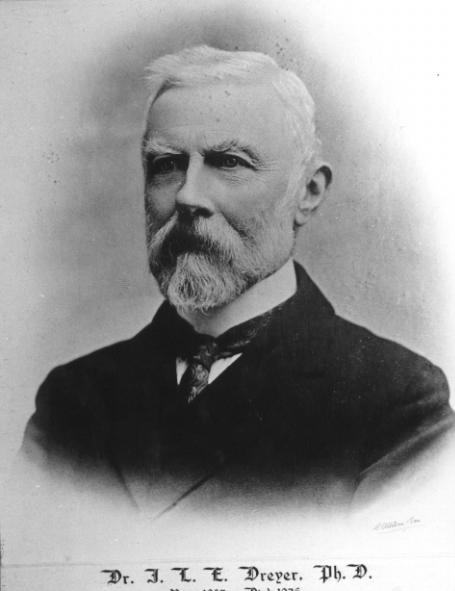|
IC 167
IC 167 is a barred spiral galaxy in the constellation of Aries. It was first reported by Bigourdan in 1891 and included in Dreyer's first ''Index Catalogue''. Galaxy group information IC 167 is a member of the NGC 697 group. There is some evidence that IC 167 is interacting Interaction is action that occurs between two or more objects, with broad use in philosophy and the sciences. It may refer to: Science * Interaction hypothesis, a theory of second language acquisition * Interaction (statistics) * Interactions o ... with nearby NGC 694 as they seem to share HI regions. The tidal warping of IC 167 also is indicative of an interaction with another galaxy. How long the interaction between these two galaxies has been occurring is the subject of current research. References External links * * {{Ugc15 IC 0167 0167 01313 031 6833 Interacting galaxies ... [...More Info...] [...Related Items...] OR: [Wikipedia] [Google] [Baidu] |
NGC 691
NGC 691 is an unbarred spiral galaxy located in the constellation Aries. It is located at a distance of circa 120 million light years from Earth, which, given its apparent dimensions, means that NGC 691 is about 130,000 light years across. It was discovered by William Herschel on November 13, 1786. NGC 691 features a multiple ring structure, with three rings recognised in the infrared, with diameters of 1.03, 1.67, and 2.79 arcminutes. When imaged in H-alpha, the galaxy appears patchy. The total star formation rate of the galaxy is estimated to be about 0.6 per year. One supernova has been observed in NGC 691, SN 2005W. It was discovered by Yoji Hirose in unfiltered CCD frames taken on Feb. 1.442 UT with a 0.35-m f/6.8 Schmidt-Cassegrain reflector. The supernova was located 56" east and 1" south of the center of NGC 691 and at the time of the discovery had an apparent magnitude of 15.2. Spectrographic observations indicated it was a type Ia supernova about a week before maximum. ... [...More Info...] [...Related Items...] OR: [Wikipedia] [Google] [Baidu] |
Constellation
A constellation is an area on the celestial sphere in which a group of visible stars forms Asterism (astronomy), a perceived pattern or outline, typically representing an animal, mythological subject, or inanimate object. The origins of the earliest constellations likely go back to prehistory. People used them to relate stories of their beliefs, experiences, creation myth, creation, or mythology. Different cultures and countries adopted their own constellations, some of which lasted into the early 20th century before today's constellations were internationally recognized. The recognition of constellations has changed significantly over time. Many changed in size or shape. Some became popular, only to drop into obscurity. Some were limited to a single culture or nation. The 48 traditional Western constellations are Greek. They are given in Aratus' work ''Phenomena'' and Ptolemy's ''Almagest'', though their origin probably predates these works by several centuries. Constellation ... [...More Info...] [...Related Items...] OR: [Wikipedia] [Google] [Baidu] |
UGC Objects
UGC may refer to: Science and technology * Universal gravitational constant G, in physics * Uppsala General Catalogue, an astronomical catalogue of galaxies * UGC, a codon for cysteine * Unique games conjecture In computational complexity theory, the unique games conjecture (often referred to as UGC) is a conjecture made by Subhash Khot in 2002. The conjecture postulates that the problem of determining the approximate ''value'' of a certain type of gam ..., a conjecture in computational complexity Organisations * UGC (cinema operator), a European cinema chain, formerly Union Générale Cinématographique * UGC Fox Distribution, a former French-American film production company formed in 1995 * Union Graduate College, Schenectady, New York * United Grain Company, a Russian grain trading company based in Moscow * University Grants Commission (other) * University Grants Committee (other) * UnitedGlobalCom, former name of the cable TV operator Liberty Global * Un ... [...More Info...] [...Related Items...] OR: [Wikipedia] [Google] [Baidu] |
Galactic Tide
A galactic tide is a tidal force experienced by objects subject to the gravitational field of a galaxy such as the Milky Way. Particular areas of interest concerning galactic tides include galactic collisions, the disruption of dwarf or satellite galaxies, and the Milky Way's tidal effect on the Oort cloud of the Solar System. Effects on external galaxies Galaxy collisions Tidal forces are dependent on the gradient of a gravitational field, rather than its strength, and so tidal effects are usually limited to the immediate surroundings of a galaxy. Two large galaxies undergoing collisions or passing nearby each other will be subjected to very large tidal forces, often producing the most visually striking demonstrations of galactic tides in action. Two interacting galaxies will rarely (if ever) collide head-on, and the tidal forces will distort each galaxy along an axis pointing roughly towards and away from its perturber. As the two galaxies briefly orbit each other, thes ... [...More Info...] [...Related Items...] OR: [Wikipedia] [Google] [Baidu] |
HI Region
An HI region or H I region (read ''H one'') is a cloud in the interstellar medium composed of neutral atomic hydrogen (HI), in addition to the local abundance of helium and other elements. (H is the chemical symbol for hydrogen, and "I" is the Roman numeral. It is customary in astronomy to use the Roman numeral I for neutral atoms, II for singly-ionised—HII is H+ in other sciences—III for doubly-ionised, e.g. OIII is O++, etc.) These regions do not emit detectable visible light (except in spectral lines from elements other than hydrogen) but are observed by the 21-cm (1,420 MHz) region spectral line. This line has a very low transition probability, so it requires large amounts of hydrogen gas for it to be seen. At ionization fronts, where HI regions collide with expanding ionized gas (such as an H II region), the latter glows brighter than it otherwise would. The degree of ionization in an HI region is very small at around 10−4 (i.e. one particle in 10,000). At typical inte ... [...More Info...] [...Related Items...] OR: [Wikipedia] [Google] [Baidu] |
NGC 694
NGC 694 is a spiral galaxy approximately 136 million light-years away from Earth in the constellation of Aries. It was discovered by German astronomer Heinrich Louis d'Arrest on December 2, 1861 with the 11-inch refractor at Copenhagen. Nearby galaxies NGC 694 is a member of a small galaxy group known as the NGC 691 group, the main other members of which are NGC 680, NGC 691 and NGC 697. IC 167 lies 5.5 arcminutes to the south-southeast. Supernova SN 2014bu Supernova SN 2014bu was discovered in NGC 694 on June 17, 2014 by Berto Monard. SN 2014bu had magnitude about 15.5 and was located at RA 01h50m58.4s, DEC +22d00m00s, J2000.0. It was classified as type II-P supernova. Image gallery Image: NGC 694 -HST- NIC2 F160W sci.png, NGC 694 ( NASA/ESA HST) See also * List of NGC objects (1–1000) References External links * SEDS {{DEFAULTSORT:NGC 694 Spiral galaxies Aries (constellation) 694 __NOTOC__ Year 694 ( DCXCIV) was a common year starting on Th ... [...More Info...] [...Related Items...] OR: [Wikipedia] [Google] [Baidu] |
Interacting Galaxy
Interacting galaxies (''colliding galaxies'') are galaxies whose gravitational fields result in a disturbance of one another. An example of a minor interaction is a satellite galaxy disturbing the primary galaxy's spiral arms. An example of a major interaction is a galactic collision, which may lead to a galaxy merger. Satellite interaction A giant galaxy interacting with its satellites is common. A satellite's gravity could attract one of the primary's spiral arms. Alternatively, the secondary satellite can dive into the primary galaxy, as in the Sagittarius Dwarf Elliptical Galaxy diving into the Milky Way. That can possibly trigger a small amount of star formation. Such orphaned clusters of stars were sometimes referred to as "blue blobs" before they were recognized as stars. Galaxy collision Colliding galaxies are common during galaxy evolution. The extremely tenuous distribution of matter in galaxies means these are not collisions in the traditional sense of the wor ... [...More Info...] [...Related Items...] OR: [Wikipedia] [Google] [Baidu] |
NGC 697
NGC commonly refers to: * New General Catalogue of Nebulae and Clusters of Stars, a catalogue of deep sky objects in astronomy NGC may also refer to: Companies * NGC Corporation, name of US electric company Dynegy, Inc. from 1995 to 1998 * National Gas Company of Trinidad and Tobago, state-owned natural gas company in Trinidad and Tobago * National Grid plc, a former name of National Grid Electricity Transmission plc, the operator of the British electricity transmission system * Northrop Grumman Corporation, aerospace and defense conglomerate formed from the merger of Northrop Corporation and Grumman Corporation in 1994 * Numismatic Guaranty Corporation, coin certification company in the United States Other uses * National Gallery of Canada, art gallery founded in 1880 in Ottawa, Canada * National Geographic, documentary and reality television channel established in the United States in 2001 formerly called National Geographic Channel * Native Girls Code, US non-profit organisat ... [...More Info...] [...Related Items...] OR: [Wikipedia] [Google] [Baidu] |
Index Catalogue
The ''New General Catalogue of Nebulae and Clusters of Stars'' (abbreviated NGC) is an astronomical catalogue of deep-sky objects compiled by John Louis Emil Dreyer in 1888. The NGC contains 7,840 objects, including galaxies, star clusters and emission nebulae. Dreyer published two supplements to the NGC in 1895 and 1908, known as the ''Index Catalogues'' (abbreviated IC), describing a further 5,386 astronomical objects. Thousands of these objects are best known by their NGC or IC numbers, which remain in widespread use. The NGC expanded and consolidated the cataloguing work of William and Caroline Herschel, and John Herschel's ''General Catalogue of Nebulae and Clusters of Stars''. Objects south of the celestial equator are catalogued somewhat less thoroughly, but many were included based on observation by John Herschel or James Dunlop. The NGC contained multiple errors, but attempts to eliminate them were made by the ''Revised New General Catalogue'' (RNGC) by Jack W. Sulentic ... [...More Info...] [...Related Items...] OR: [Wikipedia] [Google] [Baidu] |
John Louis Emil Dreyer
John Louis Emil Dreyer (13 February 1852 – 14 September 1926) was a Danish astronomer who spent most of his career working in Ireland. He spent the last decade of his life in Oxford, England. Life Dreyer was born in Copenhagen. His father, Lieutenant General John Christopher Dreyer, was the Danish Minister for War and the Navy. When he was 14 he became interested in astronomy and regularly visited Hans Schjellerup at the Copenhagen observatory. He was educated in Copenhagen, taking an MA in 1872. While the same university later awarded him a PhD, in 1874. But in 1874, at the age of 22, he went to Parsonstown, Ireland. There he worked as the assistant of Lord Rosse (the son and successor of the Lord Rosse who built the Leviathan of Parsonstown telescope). During 1878 he moved to Dunsink, the site of the Trinity College Observatory of Dublin University to work for Robert Stawell Ball. In 1882 he relocated again, this time to Armagh Observatory, where he served as Director u ... [...More Info...] [...Related Items...] OR: [Wikipedia] [Google] [Baidu] |




